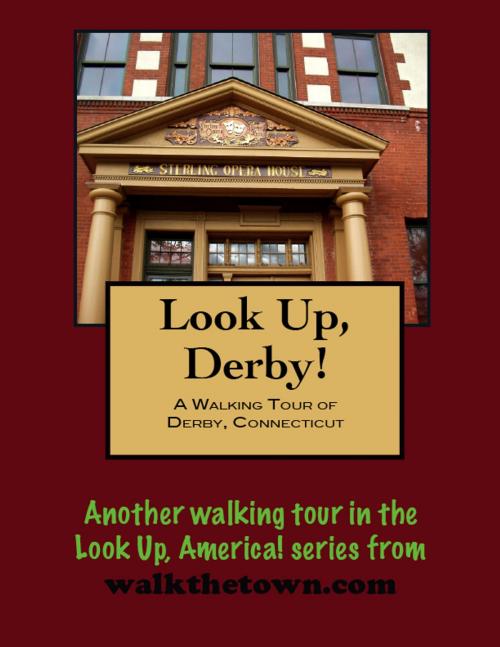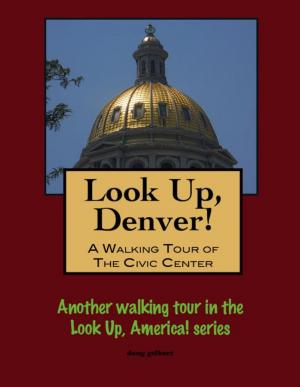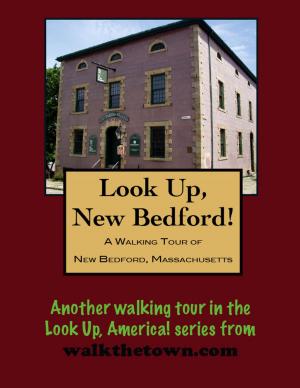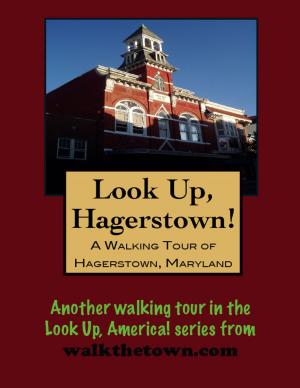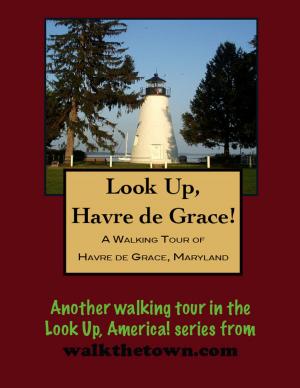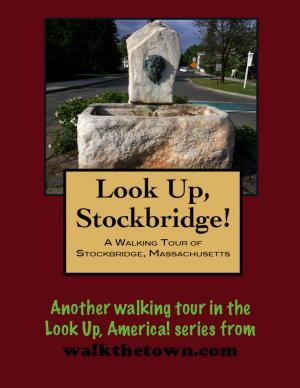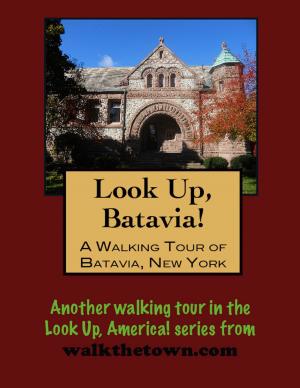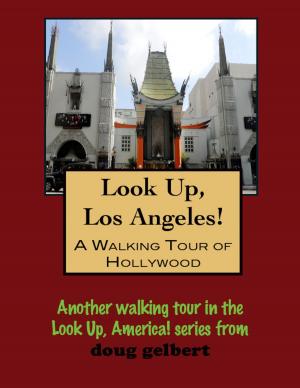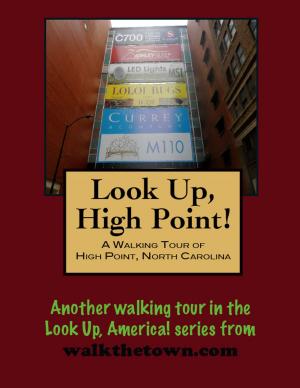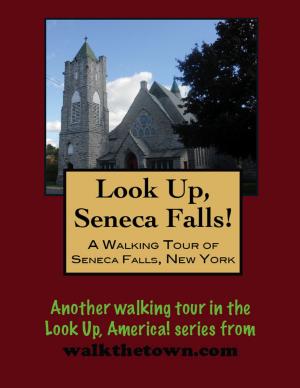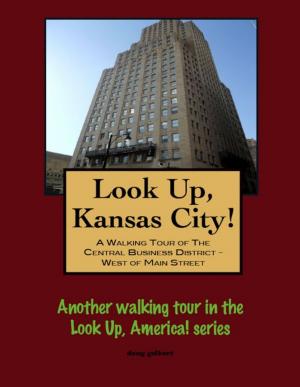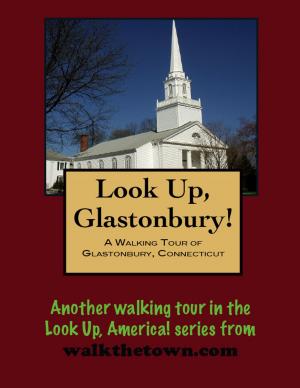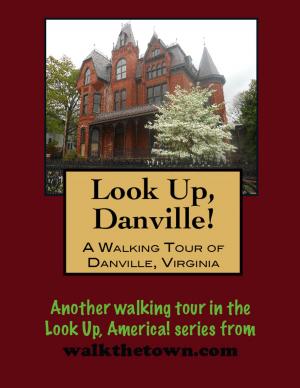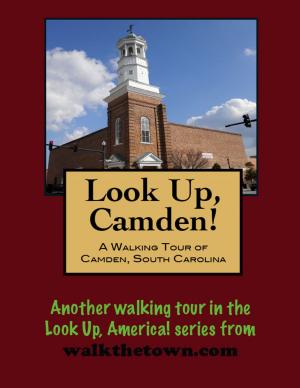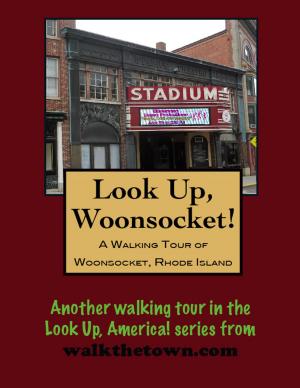| Author: | Doug Gelbert | ISBN: | 9781458172846 |
| Publisher: | Doug Gelbert | Publication: | March 2, 2011 |
| Imprint: | Smashwords Edition | Language: | English |
| Author: | Doug Gelbert |
| ISBN: | 9781458172846 |
| Publisher: | Doug Gelbert |
| Publication: | March 2, 2011 |
| Imprint: | Smashwords Edition |
| Language: | English |
There is no better way to see America than on foot. And there is no better way to appreciate what you are looking at than with a walking tour. This walking tour of Derby, Connecticut is ready to explore when you are. Each walking tour describes historical, architectural landmarks, cultural sites and ecclesiastic touchstones and provides step-by-step directions. Every tour also includes a quick primer on identifying architectural styles seen on American streets.
Derby likes to boast that it is “Connecticut’s smallest city.” But for those who settled at the confluence of the Housatonic and Naugatuck rivers, the advantageous location has always caused residents to think big. The Paugassett and the Pootatuck lived here for centuries but it didn’t take long for European settlers to realize the promise of the power of water. Fur traders from new Haven came first and a trading post was established at Derby Docks by 1642. In 1681 a water-powered grist mill was operating.
In the 1830s Sheldon Smith, an industrialist who made his fortune in New York City, had a vision for developing his land inside the meeting of the two rivers, the area without direct access to the coast. He brought his friend Anson G. Phelps, in on the scheme to create a new industrial community they first called Smithville and the Birmingham. Smith and Phelps convinced the local government to build the street system while they supplied the planning, including setting aside two acres for a public green, and a new copper mill. By 1870 a great dam was completed on the Housatonic River that provided power to this burgeoning industrial hub but also permanently erased Derby’s character as a fishing and farming community.
The various villages and towns and jurisdictions around the historic junction of the Housatonic and Naugatuck rivers came together and were chartered as the city of Derby in 1893. The Borough of Birmingham thus became “downtown” and that is where our walking tour will take place. We’ll start at the historic library and work our way down to the Housatonic River where the Derby Greenway links two rivers, three cities and six bridges...
There is no better way to see America than on foot. And there is no better way to appreciate what you are looking at than with a walking tour. This walking tour of Derby, Connecticut is ready to explore when you are. Each walking tour describes historical, architectural landmarks, cultural sites and ecclesiastic touchstones and provides step-by-step directions. Every tour also includes a quick primer on identifying architectural styles seen on American streets.
Derby likes to boast that it is “Connecticut’s smallest city.” But for those who settled at the confluence of the Housatonic and Naugatuck rivers, the advantageous location has always caused residents to think big. The Paugassett and the Pootatuck lived here for centuries but it didn’t take long for European settlers to realize the promise of the power of water. Fur traders from new Haven came first and a trading post was established at Derby Docks by 1642. In 1681 a water-powered grist mill was operating.
In the 1830s Sheldon Smith, an industrialist who made his fortune in New York City, had a vision for developing his land inside the meeting of the two rivers, the area without direct access to the coast. He brought his friend Anson G. Phelps, in on the scheme to create a new industrial community they first called Smithville and the Birmingham. Smith and Phelps convinced the local government to build the street system while they supplied the planning, including setting aside two acres for a public green, and a new copper mill. By 1870 a great dam was completed on the Housatonic River that provided power to this burgeoning industrial hub but also permanently erased Derby’s character as a fishing and farming community.
The various villages and towns and jurisdictions around the historic junction of the Housatonic and Naugatuck rivers came together and were chartered as the city of Derby in 1893. The Borough of Birmingham thus became “downtown” and that is where our walking tour will take place. We’ll start at the historic library and work our way down to the Housatonic River where the Derby Greenway links two rivers, three cities and six bridges...
